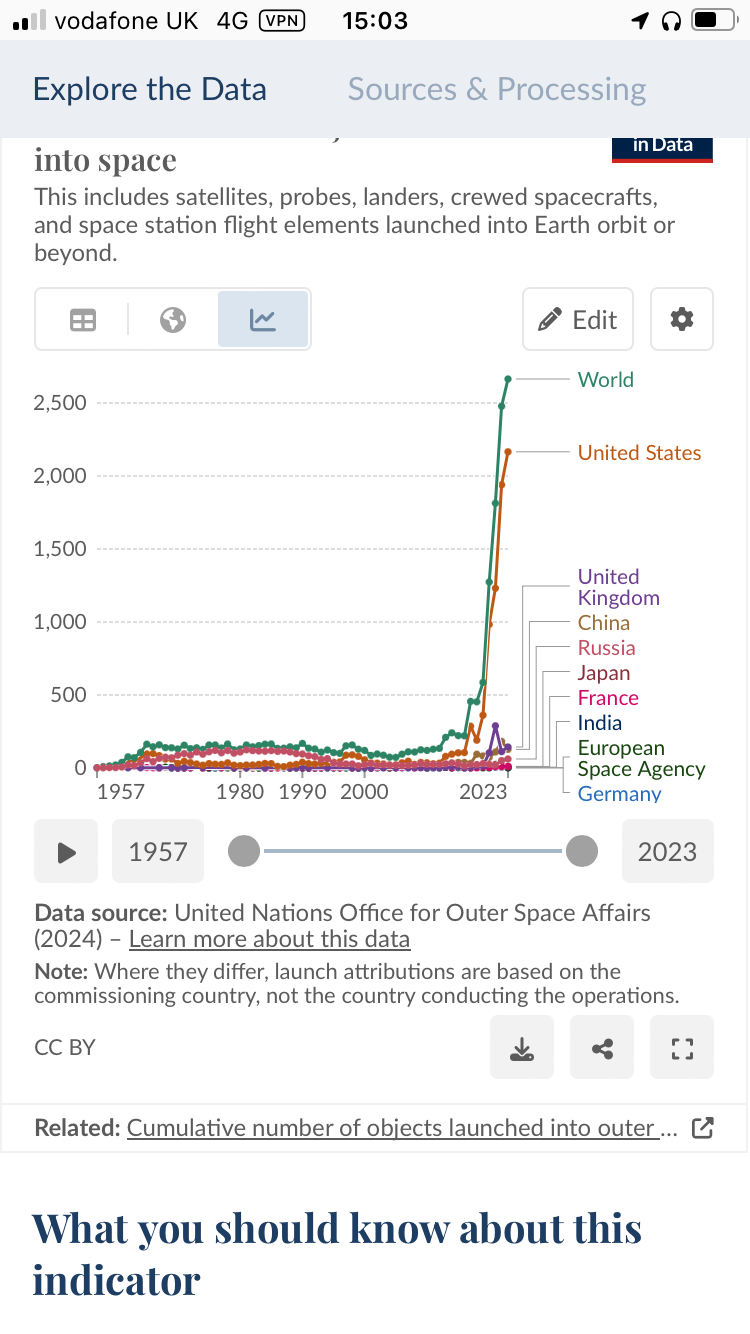this post was submitted on 22 Sep 2024
65 points (100.0% liked)
NASA
985 readers
2 users here now
Anything related to the NASA (National Aeronautics and Space Administration); the latest news, events, current and future missions, and more.
Note: This community is an unofficial forum and is unaffiliated with NASA or the U.S. government.
Rules
- Be respectful and inclusive.
- No harassment, hate speech, or trolling.
- Engage in constructive discussions.
- Share relevant content.
- Follow guidelines and moderators' instructions.
- Use appropriate language and tone.
- Report violations.
- Foster a continuous learning environment.
founded 1 year ago
MODERATORS
you are viewing a single comment's thread
view the rest of the comments
view the rest of the comments
Meteoriods cause 11,750 metric tons....and this papers estimate is 800-3200 tons... I think you're reading to much into that paper.
I think you didn’t read that paper at all. It’s not just about mass, it’s about size of object, reentry angle, and the enduring quantity of particalized aluminium that stays in the upper atmosphere. Specifically that these satellite deorbits are predicted to raise that amount over the naturally occurring level by several hundred percent. That’s very much like saying “but volcanoes make co2!” - yeah, but adding a bunch of extra on top doesn’t mean the system will automatically remain stable.
That's not how that works at all, we've been launching shit into space for decades now and tons of it returns, these sats from starlink are not magically going to create more than what the natual amount is showing up via meteoroids are. On top of that their estimates have a huge deviation, 800 vs 3200 is not exactly accurate.
That’s not how what works? Lumps of rock of varied composition burning up aren’t going to produce the same effects, gram for gram, as lumps of a majority of high-purity aluminium. There is little evidence that meteorites produce specifically high levels of aluminium oxide particles when entering the atmosphere (at least that I can find, I’m not dogmatic about this, I just can’t find any actual evidence that disproves this idea. I wouldn’t mind being wrong!) Even the base estimates seem to suggest that the AlO particles will remain in the upper atmosphere for decades. AlO is proven to be a catalyst for ozone depletion, there’s quite a lot of research about that in relation to rocket exhaust gas.
The numbers of launches, satellites, and deorbits are rising pretty rapidly, so “launching shit for decades” doesn’t really mean as much as you think -
I was pulling the number from your own paper you presented...so is your paper wrong then?